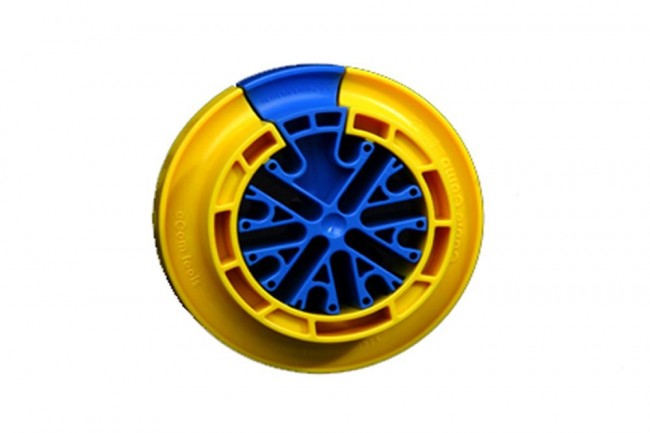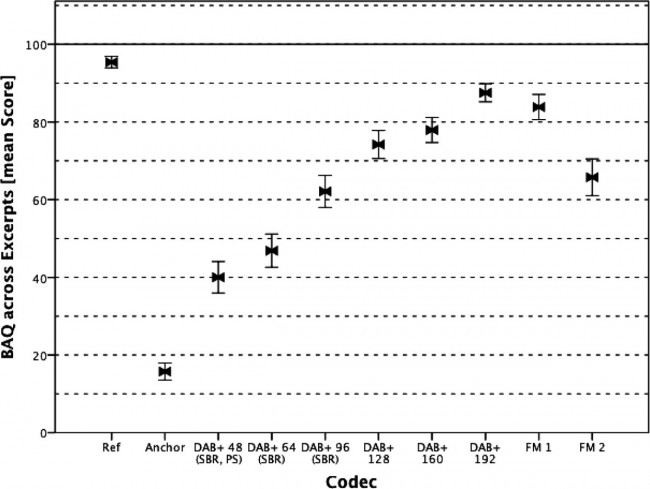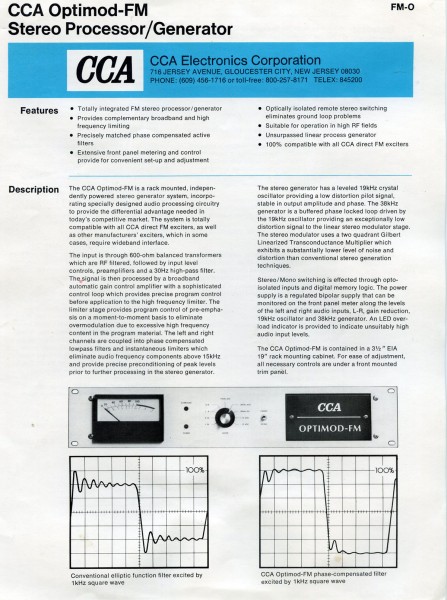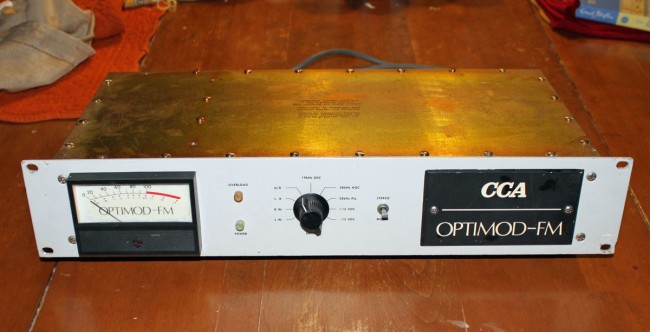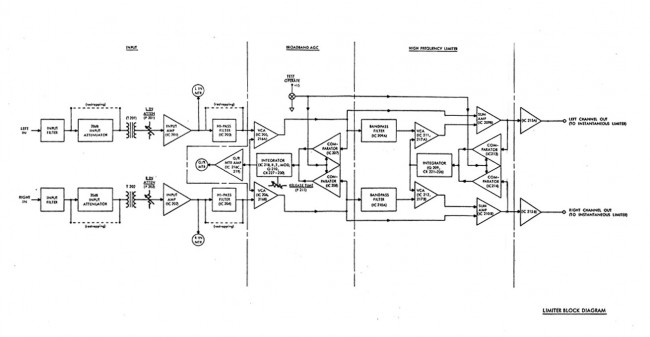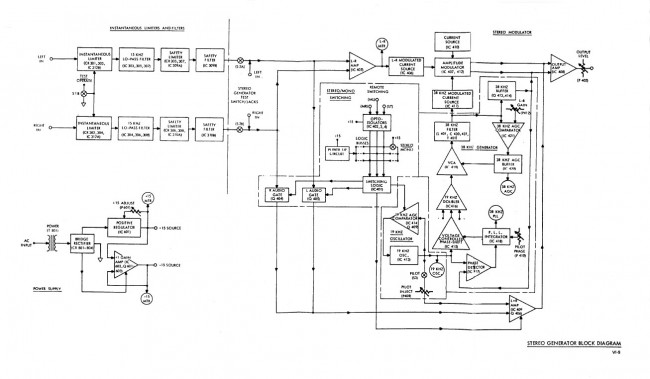This was in the Wheatstone newsletter a few months ago. NPR has an interesting test to see if one can hear the difference between various quality .mp3 and .wav files. There are six cuts with three versions each; a 128 kbps .mp3, a 256 kbps .mp3, and a .wav file in no particular order.
That NPR article can be found here: How Well Can You Hear Audio Quality?
I listened to all of them and found the 128 kbps .mp3 was pretty easy to pick out. On the newer material, it was sometimes difficult to tell the difference between the .wav file and the 256 kbps .mp3. Keep in mind that most radio stations stream at 64-128 kbps. Online music services like Pandora (64 kbps for free listeners, 192 kbps for subscribers), Spotify (96-160 kbps for free listeners, 320 kbps for subscribers), and Apple (256 kbps for everybody) offer slightly better quality, especially for paid subscribers.
It is too bad one cannot simulate 15 IPS analog tape. I would bet that a well-mastered recording on analog tape would stand out above anything even remotely compressed.
Others have compared streaming audio to analog FM audio and found that fairly high bit rates are needed to make the quality equal: What bitrate is needed to sound like analog FM?
One more thing to keep in mind, HD Radio runs 96-144 kbps on the main channel and 20-60 kbps on the sub-channels.

